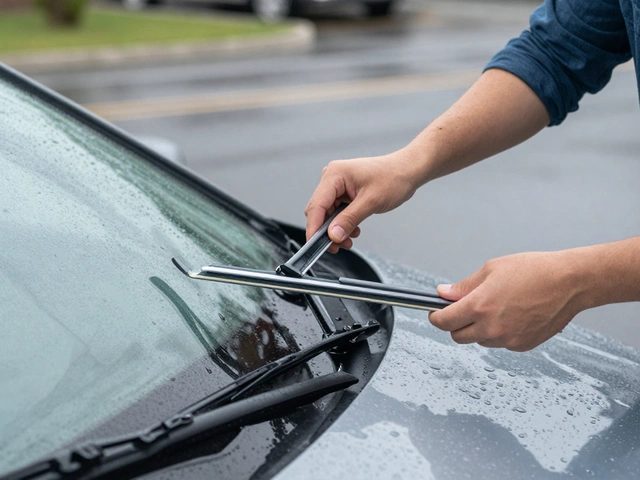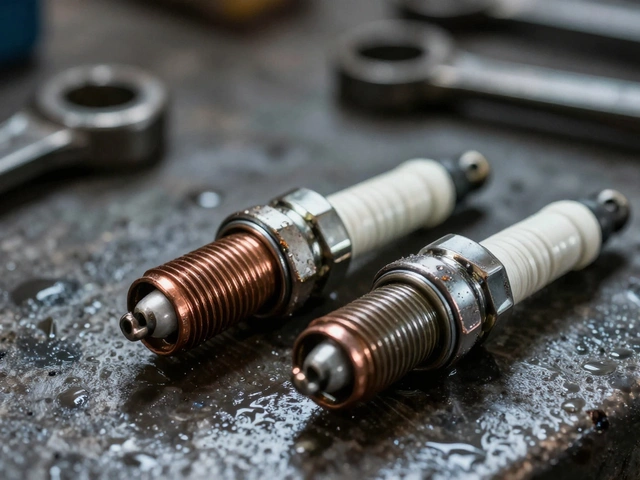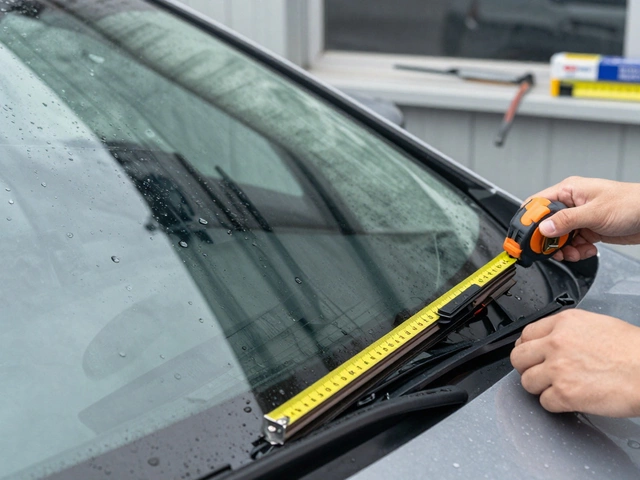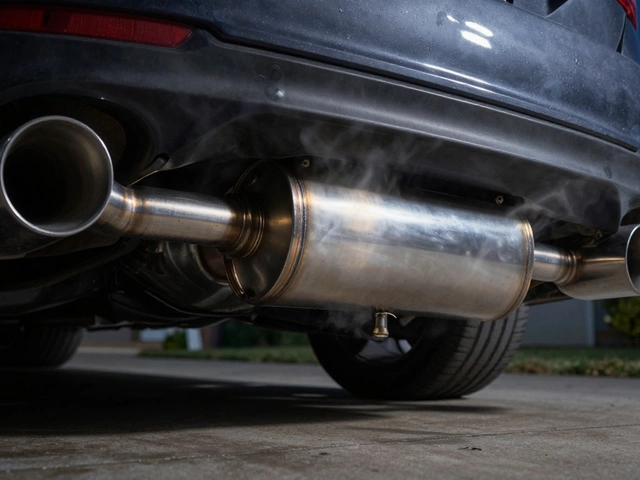Tire Removal: How It Works and What You Need to Know
When you hear tire removal, the process of safely taking a worn or damaged tire off a vehicle’s wheel hub. Also known as wheel removal, it’s not just about loosening bolts—it’s about doing it right so your car stays stable, safe, and aligned. Most people think tire removal is simple: jack it up, take off the nuts, pull the tire off. But if you skip the checks before you start—like checking for rust on the hub, confirming the jack is on solid ground, or making sure the spare is actually usable—you’re setting yourself up for trouble.
Tire removal ties directly into tire replacement, the full process of swapping out old tires for new ones, including balancing and alignment. You can’t do one well without understanding the other. If your tires are worn unevenly, that’s a sign your suspension or alignment is off—and just swapping tires won’t fix the root problem. That’s why many of the posts in this collection focus on related issues: bad shocks, worn rotors, and suspension problems. These aren’t separate issues—they’re all connected. A failing shock absorber can cause your tires to wear faster, which means more frequent tire removals and replacements. And if your brake rotors are warped, that vibration can loosen wheel nuts over time, making tire removal riskier.
You also need the right tools. A good lug wrench, a reliable jack, and a torque wrench aren’t just nice to have—they’re essential. Skipping the torque wrench? You might end up with a wheel that comes loose while driving. Not using a jack stand? You’re gambling with your safety. And don’t forget to check your spare tire’s pressure before you even need it. We’ve seen too many people stranded because their spare was flat. Tire removal isn’t just about the tire—it’s about the whole system around it. That’s why this collection includes guides on brake rotors, suspension, fuel pumps, and even oil changes. Because when one part fails, it often stresses others. A car that’s overdue for an oil change can overheat, which can warp rotors, which can cause uneven tire wear, which leads to more frequent tire removals. It’s all linked.
Whether you’re doing this yourself or just want to know what’s happening when your mechanic takes off your tires, understanding the basics helps you ask better questions and avoid being overcharged. You’ll find real-world tips here on how to spot rusted lug nuts, how to break loose stubborn wheels, and when to call a pro instead of risking damage. No fluff. No theory. Just what you need to know before you turn that first bolt.





